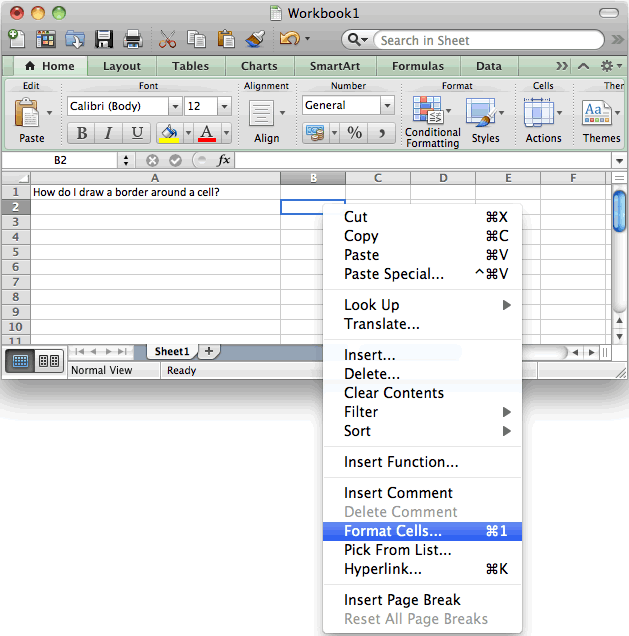

- Pencil in excel for mac update#
- Pencil in excel for mac plus#
The speaker name must appear at the start of a line.When auto coding by speaker, follow these guidelines for formatting the transcript: Choose a location for the newly created cases and assign them to a new or existing classification.Ĭlick on Cases in Navigation view to see the new cases.The speaker is added to the list and you can see the number of references that will be coded. Enter the name of each speaker as identified in the selected file.On the Analyze tab, in the Coding group, click Auto Code, and then choose By Speaker.In List View, select the focus group file.For example-for Occupation, you could add Accountant and Teacher.
Pencil in excel for mac plus#
Click the plus sign at the bottom of the attributes panel. If you know the values for the attribute you can add them now.If you have focus group transcripts saved as documents in NVivo, you can follow these steps to set up cases:Īdd attributes to the new classification: Click the magnifying glass to see the list of existing values or clear the value and enter a new one.
Pencil in excel for mac update#
Click the pencil icon to update an attribute value. Expand the classification and then expand the case. In Navigation View, click Case Classifications. Click on Cases in Navigation view to see the new cases. Now, you have a case for each participant and the content of the interview has been coded at the case. In List View, right-click on the new cases, choose Classification and assign the cases to the classification you created. On the Create tab, in the Items group, click Create As Cases. (Hold down the SHIFT key to select multiple files). In List View, select the interview files. For example-for Occupation, you could add Fisher and Teacher. On the Create tab in the Classifications group, click Attribute. For example, Person, Participant, Interviewee. On the Create tab, in the Classifications group, click Case Classification. If you have interview transcripts saved as files in NVivo (and there is a file for each participant), you can follow these steps to set up cases: The approach you take depends on the type of data you are working with. Import a survey or social media dataset and automatically create and classify cases based on the content. Import a spreadsheet (called a 'classification sheet' in NVivo) containing respondent names and demographic variables. Create cases based on the speaker names in a document. /fptshop.com.vn/uploads/images/tin-tuc/89516/Originals/iwork-feature-image-e1561491957976.jpg)
When you create cases from your files the entire content of the file is coded. Create cases from selected files-this is most useful when the entire file represents a single case (unit of analysis).NVivo provides a number of quick ways to create cases-for example, you can:



/fptshop.com.vn/uploads/images/tin-tuc/89516/Originals/iwork-feature-image-e1561491957976.jpg)


 0 kommentar(er)
0 kommentar(er)
